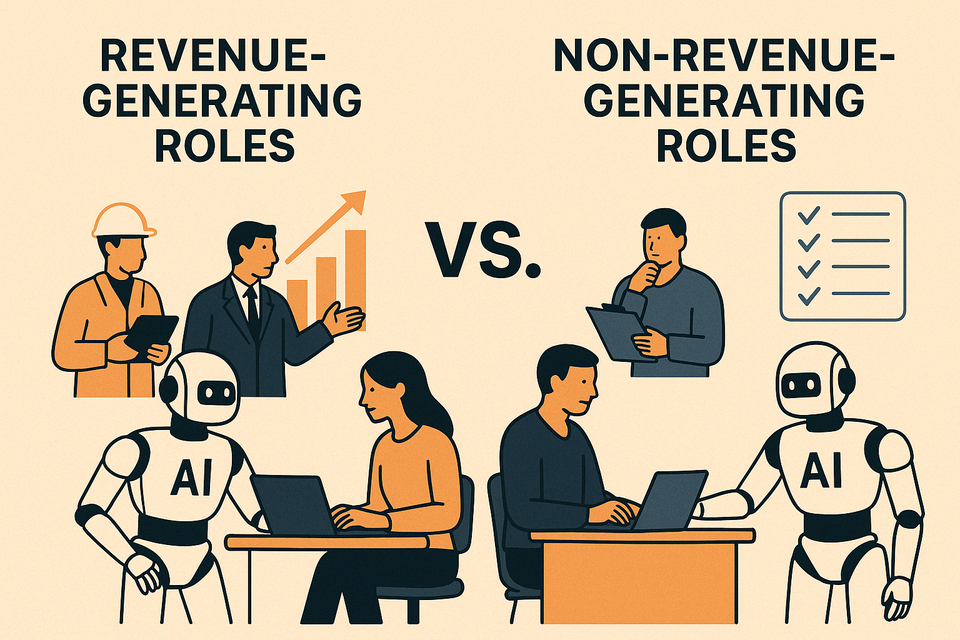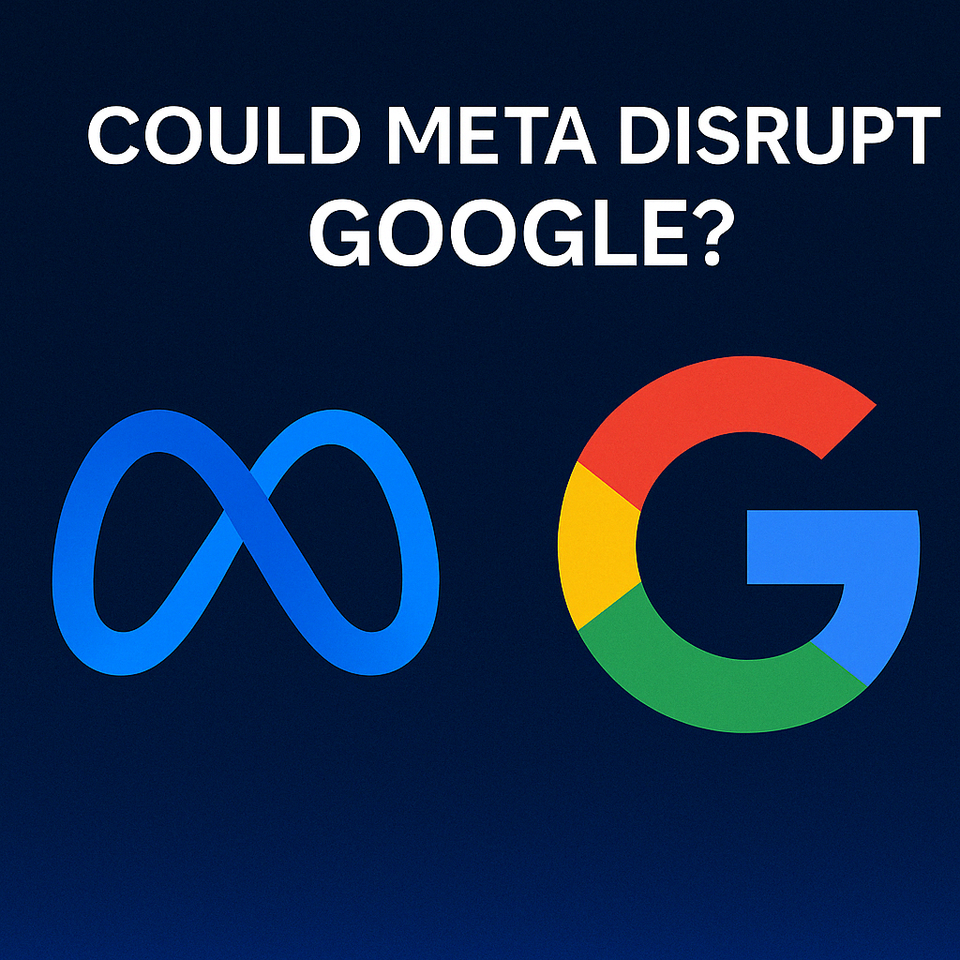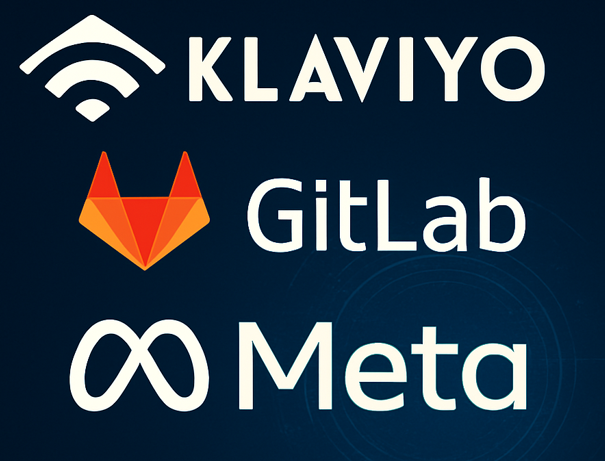Updates: Meta - Underappreciated GenAI Potential (Pt.2)

Summary
- META's Llama project requires monetization strategies as funding scales to $100bn+, with potential approaches including SaaS and enterprise solutions.
- META can leverage Llama for consumer applications and enterprise solutions, fostering a developer ecosystem while generating revenue through governance and alignment services and enhanced features.
- META's monetization options include mimicking Google's Android bundle, adopting strategies like Databricks/Palantir, or exploring new approaches, with initial direct revenue likely from the enterprise segment.
- META could offer API-based Llama-as-a-Service, providing affordable access to ultra-large models, appealing to enterprises and potentially consolidating the open-source model market.
Monetization and Open-core potential
In our previous analysis of META (in the Notes report), we compared Llama to an Android-like project, but as the project funding costs surpass ~$10bn, the comparison is going to weaken. As META's Llama funding scales to $100bn or even higher, it becomes clear that META cannot simply offer such a valuable model for free. META will need to develop strategies to monetize Llama, and this is likely to happen sooner rather than later.
One of the most straightforward approaches to monetization is to consider Llama as IaaS, while consumer-facing applications powered by Llama could be viewed as SaaS. META stands to profit from these consumer-facing applications built on Llama's foundation. This includes all the potential use cases we've discussed in previous META reports (Updates Pt.1 and Notes), with recommendation engines and advertising platforms being the most crucial, and features like image generation serving as valuable add-ons.




